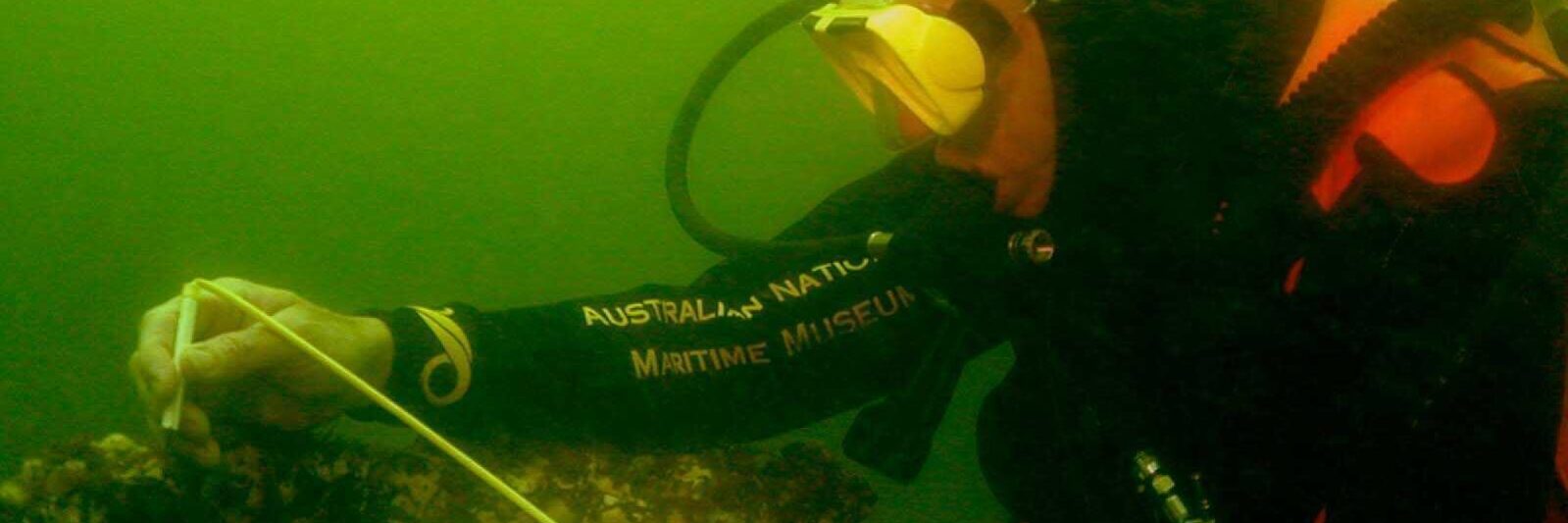Exploring the wreck in the waters of Newport Harbor, Rhode Island, in 2019. Photo: ANMM
After 25 years of study, the Australian National Maritime Museum says the HMS Bark Endeavour is definitely at the bottom of a Rhode Island harbour.
The museum has just released a final report that back up a preliminary report in 2022 that the wreck is Captain James Cook’s ship. Click on this line to access a copy of the report.
Daryl Karp is director and CEO of the museum. “This final report is the culmination of 25 years of detailed and meticulous archaeological study on this important vessel,” she says.
“It involved underwater investigation in the US and extensive research in institutions across the globe.”
She calls the final report as their “definitive statement” on the project and acknowledged the work of the museum’s archaeological team over 25 years, Dr Kathy Abass in Rhode Island and authorities, and other specialists.
The museum says that when the preliminary report was released in February 2022, for review by the maritime archaeology community and its findings presented at archaeological conferences and symposia, in Australia and overseas.
The museum says no evidence has been offered that disputes the shipwreck’s identity as that of the HMS Bark Endeavour.
The confirmation is based on archaeological site plans, comparisons between the wreck and historical plans of the Endeavour, and the different timber material and construction techniques used in English and American ships of the 18th century (1700s).
ENDEAVOUR’S HISTORY
The HMS Bark Endeavour was first launched in 1764 as the Earl of Pembroke.
In 1768, it was renamed the Endeavour as it was prepared for a major scientific voyage to the Pacific.
From 1768-71, the Endeavour sailed to the South Pacific, primarily to record the Transit of Venus at Tahiti in 1769. After that, it sailed around the South Pacific, charting the coast of New Zealand and the east coast of Australia (New Holland) in 1770.
The Endeavour was then used as a supply transport to the Falkland Islands and in 1775, it was sold to a private owner who renamed it Lord Sandwich.
It carried goods to the Baltic before it was hired by the British Admiralty to operate as troop transport. In 1776, the Lord Sandwich took soldiers to fight against the American colonists.
In early 1778, it was moored in Newport Harbor and used as a prison hulk for American prisoners. When French warships sailed into the harbour in August 1778, the British scuttled the Lord Sandwich and four other vessels to create a blockade.
This happened one year before Cook’s death in Hawaii on his third Pacific voyage and 10 years before the First Fleet arrived in NSW.
Video supplied by ANMM
(Soundtrack added)





